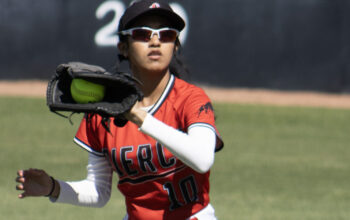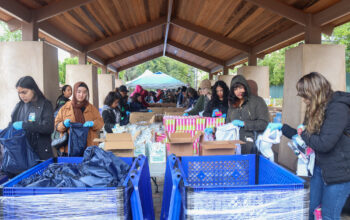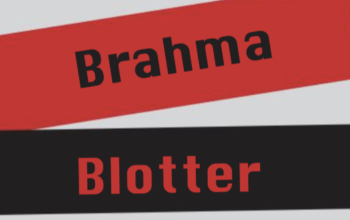Yanli Zhang
With the development of high-tech devices, students have more methods and resources than ever to cheat on assignments, in class and on exams.
To face and respond to this growing academic cheating issue, the Los Angeles Community College District (LACCD) Academic Senate created an Academic Integrity Taskforce (AIT) 18 months ago.
AIT members come from all the nine LACCD colleges. They meet five times a year, usually at Valley College, to find solutions for the escalating problem of dishonesty, cheating and plagiarism among college students.
Pamela J. Brown, Ph.D., an AIT member from Pierce College addressed “Best Practices for Promoting Academic Integrity in the Classroom” at an LACCD Senate meeting in May 2006. He said that academic integrity is a top priority of any educator.
According to the most recent survey, released in June 2005 from The Center for Academic Integrity, of almost 50,000 undergraduates on most of more than 60 campuses, 70 percent of students admit to cheating.
Close to one-fourth of the participating students admitted to serious test cheating in the past year and half admitted to one or more instances of serious cheating on written assignments.
“I think cheating is rampant; both students and instructors tell me that,” said Joy McCaslin, Ph.D., vice president of student services at Pierce, who handles cheating and academic dishonesty complains.
Brown commended 31 methods to instructors for academic dishonesty in his speech.
However, because testing and assessment methods vary widely, Brown suggested every instructor visit www.academicintegrity.org and www.4faculty.org to explore the variety of resources the Web sites offer.
Schools should allocate resources to software subscriptions, such as www.turnitin.com and www.plagiarism.org, according to Brown.
He also sends out e-mails and information every year to let Pierce faculty know about new technologies that help students cheat in the classroom or on exams.
“Technology rapidly changes,” said Brown. “All I can do is read as widely as possible about these new developments, inform our administrators and work with them to mitigate the problem.”
Some students said they have seen their classmates using text messages by cell phone or voice recorders to cheat.
“If someone cheats in the professional or commercial sector as a medical researcher, for example, your career is over,” said Brown.
There are rules for students who cheat at Pierce. McCaslin keeps track of student names.
“For first-time cheating incident, students get a warning and discussion about academic honesty,” said McCaslin. “A second offense results in a suspension.”
If a student is found cheating, then a disciplinary file is set up for that student. Some businesses, four-year institutions and military recruiters do check to see if a student has such a file at college.
Pierce also has a student court, which is organized by Associated Students Organization to address students to concern regarding these and other issues.
All students accused of cheating are protected by due process rights. A committee meets to hear students’ grievance that they have been wrongfully accused of cheating and plagiarism.
“Students cheat on their exams because they are not self-confident,” said Marisa Ingrum, 20, a Pierce student.
“Cheating wouldn’t benefit them,” said Samuel Arias, 17. “They should study hard.”
Both representatives of the school and students said no matter what school does to combat with this issue, academic dishonesty would go on.
Next spring, the LACCD will have a nine-college conference for all faculty in Los Angeles to discuss these new technologies and other academic integrity issues.



